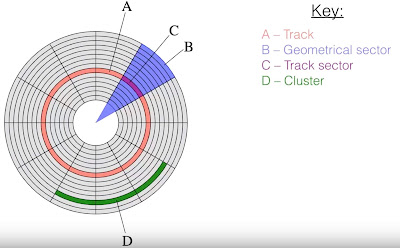A microphone is a device which can input sound into a device
Microphones can be used for:
Speech recognition
Voice recognition
And enabling disabled people to communicate with computers
When a microphone detects sounds, a diaphragm vibrates producing an electrical signal.
This signal is transmitted to a sound card and is converted into digital data and is then stored in a computer
Voice recognition
The user's voice is detected and then converted into a digital wave pattern.
Software will compare this wave pattern with stored wave patterns to see if they match.
If they match, the person has correctly been identified
Only certain words can be used in this as most systems are limited to only recognise key words / phrases.
This technology is good for security
Speech recognition
This is a bit different to voice recognition. In speech recognition, software will try to recognise the words spoken by the user.
The spoken words / phrases can be displayed, input into a word processor or used in other application
The concept of speech recognition is far more complex than that example.
The software must take into account different dialects and accents when trying to recognise what has been spoken.
E.g the phrases "recognise speech" and "wreck a nice beach" sound similar. If the software breaks these up into phonemes, they will be very similar.
Speech recognition can be used in cars. Commands such as "turn on GPS"






















